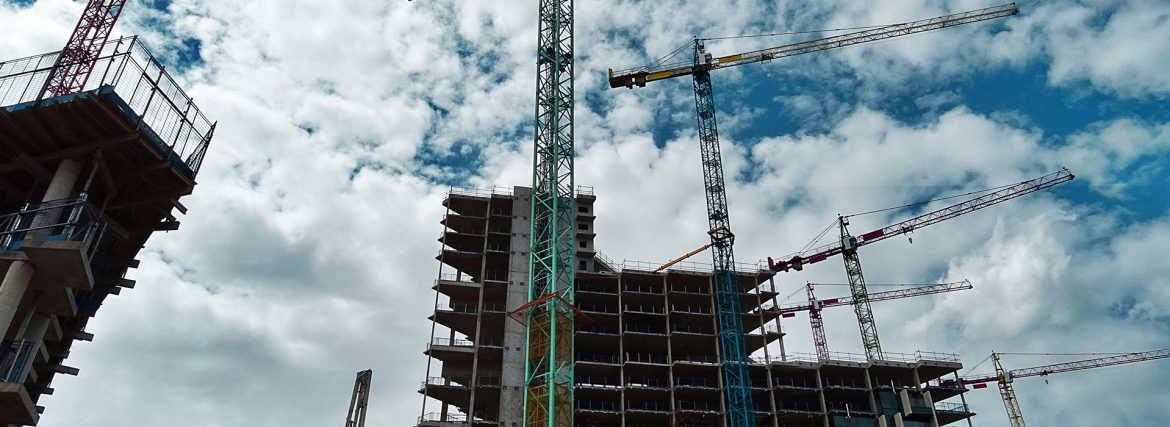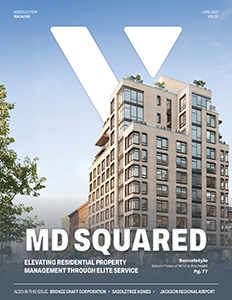Green Building Materials in Commercial Construction
The commercial construction landscape is shifting beneath our feet, and the numbers tell a compelling story. In 2024, global commercial green construction reached USD 705.8 billion, with impressive growth of 10.6% per year. What started as an environmental movement has evolved into something much more practical—it’s a business decision.
This transformation aligns with larger market developments we’ve been witnessing in other industries, from the advent of renewable energy to the evolution of digital currency where xrp has become mainstream. The construction industry has changed dramatically, embracing materials and methodologies that would have seemed revolutionary even a decade ago. We are seeing genuine transformation as sustainability and profitability are finally coming together.
Commercial construction accounts for 37% of global greenhouse gas emissions, so the environmental reality of this sector can no longer be ignored. However, the force behind the movement to use green building materials is not just the environment—it is motivated by the underlying economics and real performance advantages that builders cannot forget.
Not Your Grandfather’s Building Materials
Millennials and Generation Z who walk on a construction site today will undoubtedly find building materials that challenge everything they thought they knew about building. Bamboo—once thought to be too exotic for serious construction—will comprise a market worth USD 68.5 billion in 2024 and projected at USD 214.3 billion in 2034. Bamboo is widely regarded not as “hip” but rather simply practical—as it achieves maturity in only 3-5 years instead of decades like other hardwood materials.
Cross-laminated timber (CLT) represents another departure from conventional thinking. By layering timber panels in alternating directions with non-toxic adhesives, CLT achieves structural integrity that rivals steel and concrete while remaining carbon-negative. The U.S. Department of Energy has recognized innovations like Professor Julee Herdt’s BioSIPs technology, which transforms 100% recycled waste fibers into structural insulated panels without toxic resins.
Perhaps most intriguing is self-healing concrete infused with bacteria that repair cracks when exposed to moisture. This isn’t science fiction—it’s engineering that extends structural lifespans and reduces maintenance costs. Meanwhile, mycelium-based insulation grown from fungi offers biodegradable properties that are fire-resistant and chemical-free.
According to the EPA’s guidance on green building components, these materials must meet specific criteria for reused content, low emissions, and sustainability. What makes today’s innovations different isn’t just their environmental credentials—it’s their superior performance in real-world applications.
Regional Powerhouses
North America commands 31.2% of the global green building materials market share, with the United States alone representing USD 84.2 billion in sustainable construction materials. This dominance stems from a combination of regulatory frameworks, corporate sustainability commitments, and genuine market demand for high-performance buildings.
The momentum varies significantly by region. Asia-Pacific shows the fastest growth trajectory, driven by China’s urbanization demands and carbon neutrality goals. However, North American projects often lead in innovation and premium applications, particularly in mass timber construction where precision engineering meets environmental performance.
Regional material preferences reflect local resources and climate conditions. Bamboo thrives in Asian markets where growing conditions favor rapid cultivation, while North American projects increasingly favor engineered wood products that leverage abundant forest resources. These aren’t arbitrary choices—they represent optimal resource utilization based on geographic advantages.
Government support mechanisms differ substantially across regions. California’s green building requirements under Executive Order B-18-12 mandate LEED Silver certification for state facilities, creating consistent demand for sustainable materials. Meanwhile, federal programs support research and development that accelerates material innovation and cost reduction.
The regional dynamics suggest this transformation will continue accelerating as successful projects demonstrate both environmental benefits and financial returns. Early adopters in each region are establishing competitive advantages that followers will struggle to match.
Green’s Growing Bottom Line
The financial case for green building materials has reached a tipping point that’s hard to ignore. Green building materials specifically generated USD 26.6 billion in 2024, with projections indicating growth to USD 47.9 billion by 2030. These aren’t aspirational figures—they reflect actual market transactions and committed investments.
LEED-certified buildings demonstrate nearly 20% lower maintenance costs while commanding rental premiums up to 31% higher than conventional properties. Lake|Flato Architects, with 42 LEED-accredited professionals on their 130-person team, has observed how sustainable design practices significantly reduce long-term operational expenses.
The private sector drives 63.33% of commercial green construction revenue, indicating that corporate decision-makers see genuine value beyond regulatory compliance. Smart building systems integrated with sustainable materials create additional savings through automated energy management that adjusts based on real-time occupancy and weather data.
Mass timber construction, highlighted by companies like Element5, offers particularly compelling economics. Prefabricated components arrive on-site like precision-engineered kits, dramatically reducing construction time and weather exposure. This isn’t about paying more for environmental benefits—it’s about achieving better performance at competitive costs.
The broader sustainable construction materials market reached USD 301.6 billion in 2024, with projections indicating growth to USD 907.1 billion by 2034 at an 11.9% compound annual growth rate. These figures reflect genuine market demand rather than regulatory pressure.
Building Tomorrow’s Foundation
The trajectory toward USD 907.1 billion in sustainable construction materials by 2034 reflects more than market projections—it represents a fundamental shift in how we approach building. What began as environmental necessity has evolved into economic advantage, creating a self-reinforcing cycle of innovation and adoption.
The convergence of superior performance, cost competitiveness, and environmental benefits has reached a threshold where sustainable materials often represent the logical choice rather than the aspirational one. Projects that once served as demonstration sites for green technologies now function as proof-of-concept for mainstream adoption.
This transformation extends beyond individual material choices to encompass entire construction methodologies. Prefabrication, precision engineering, and system integration are becoming standard practices that happen to align with sustainability goals rather than compromise them.
The construction industry’s massive environmental footprint created urgency for change, but it’s the compelling business case that’s driving widespread adoption. We’re witnessing one of the most significant paradigm shifts in modern construction—one where doing better for the environment coincidentally means building better, faster, and more cost-effectively.

